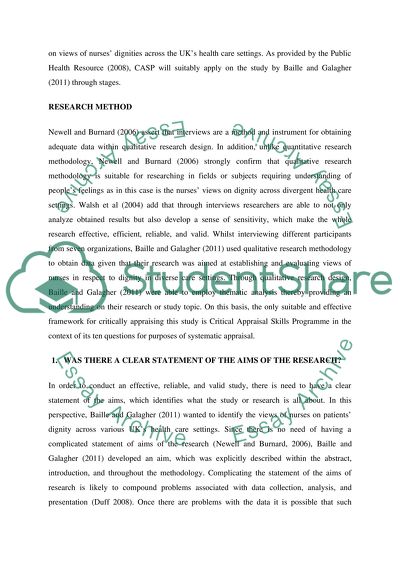Cite this document
(“Baille and Galagher (2011), Respecting dignity in care in diverse care Essay”, n.d.)
Retrieved from https://studentshare.org/nursing/1397709-baille-and-galagher-2011-respecting-dignity-in-care-in-diverse-care-settings-strategies-of-uk-nurses
Retrieved from https://studentshare.org/nursing/1397709-baille-and-galagher-2011-respecting-dignity-in-care-in-diverse-care-settings-strategies-of-uk-nurses
(Baille and Galagher (2011), Respecting Dignity in Care in Diverse Care Essay)
https://studentshare.org/nursing/1397709-baille-and-galagher-2011-respecting-dignity-in-care-in-diverse-care-settings-strategies-of-uk-nurses.
https://studentshare.org/nursing/1397709-baille-and-galagher-2011-respecting-dignity-in-care-in-diverse-care-settings-strategies-of-uk-nurses.
“Baille and Galagher (2011), Respecting Dignity in Care in Diverse Care Essay”, n.d. https://studentshare.org/nursing/1397709-baille-and-galagher-2011-respecting-dignity-in-care-in-diverse-care-settings-strategies-of-uk-nurses.


